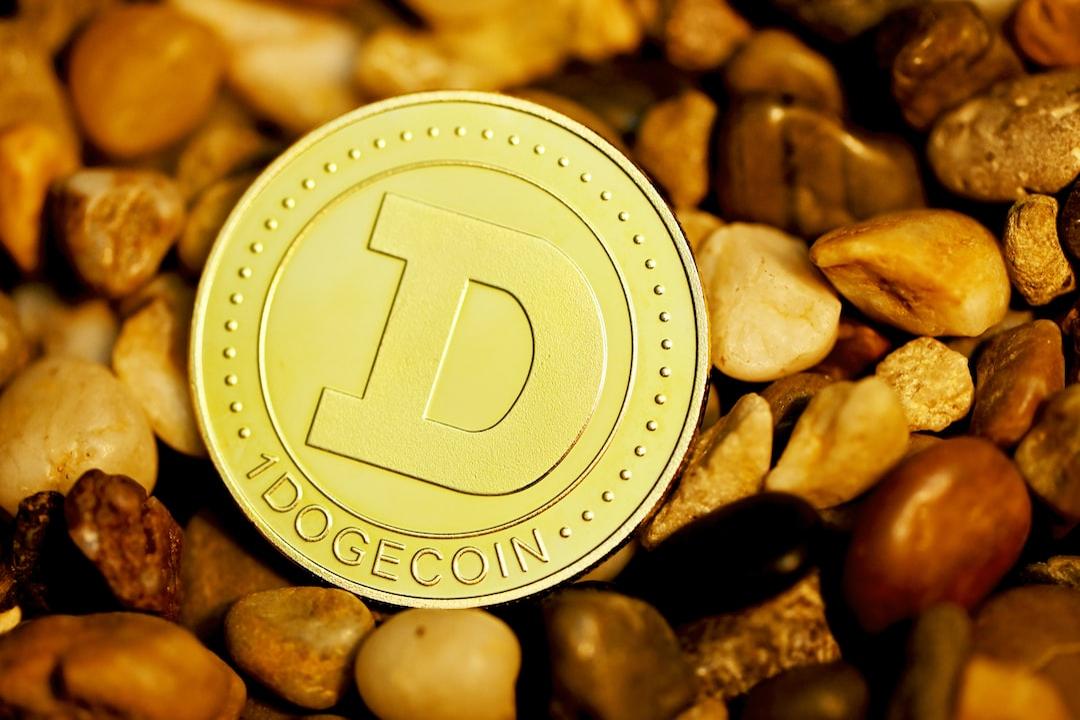Coin World News Report:
In this bull market, it seems that the long-awaited “altcoin season” is finally showing signs of life. From APE to DYDX to SUSHI, many altcoins have seen significant gains. Is this a true bull market or are altcoins taking advantage of the opportunity to pump and dump? Why has the usual “altcoin season” pattern failed to materialize this year?
How did the altcoin season happen in the past?
In previous bull markets, the arrival of the altcoin season seemed inevitable. When the prices of Bitcoin and Ethereum rose, investors made enough profits from mainstream coins, and funds gradually overflowed into the more volatile but potentially higher-return altcoin market. As a result, altcoins started to rise one after another, creating a unique “altcoin season” trend.
However, in 2024, this pattern seems to have failed. Bitcoin, driven by the halving event and the approval of ETFs, skyrocketed from $26,000 to a high of $70,000. Mainstream funds have already made substantial gains. According to common sense, this should be the perfect opportunity for altcoins to shine, but reality has been disappointing. Many investors who were expecting a repetition of the historical trend have been trapped and suffered heavy losses. There are only a few altcoins that have outperformed Bitcoin this year, and it is like finding a needle in a haystack to choose the right altcoin.
Why is the altcoin season absent in 2024?
In the past, the altcoin season was considered a “natural phenomenon,” but why is it absent this year? This is the result of multiple factors intertwining.
Firstly, there is a lack of new narratives. Behind every bull market, there is a strong narrative driving it. For example, in 2017, there was a token issuance frenzy, and in 2021, it was supported by emerging concepts such as DeFi, NFTs, and GameFi. However, this year, there are many new projects in the cryptocurrency market, but most of them are just repackaged old ideas, lacking attractive new narratives to attract funds and drive a major market trend.
Secondly, there is token dilution. In this round, there are many high-market-cap, low-circulation tokens being launched. Data shows that the average circulation rate of these projects is only 14%, and there are about $90 billion worth of tokens waiting to be unlocked. When projects are oversaturated and combined with an oversupply of tokens, it becomes difficult for the altcoin season to continue.
Another important factor is the emergence of Bitcoin spot ETFs, which has changed the flow of funds. Previously, most investors accessed Bitcoin through centralized exchanges (CEX), and these investors often tried altcoins, driving the prosperity of the altcoin market. However, the approval of ETFs has attracted a large amount of institutional funds, and these funds are only interested in Bitcoin. This structural change in institutional funds has weakened the demand for altcoins and disrupted the traditional flow of funds.
In addition, the macroeconomic uncertainty has intensified the market’s conservative sentiment. The global economic outlook is worrisome, and investors are more cautious in this environment. Altcoins, due to their high volatility and higher risks, appear weak in this risk-averse atmosphere.
What should be the next step?
The direction of the cryptocurrency market is full of uncertainty. If the interest rate policy stabilizes the economy in the future, investors’ risk appetite may rebound, challenging Bitcoin’s market dominance, and funds may flow more freely into other high-quality assets, including some promising altcoins. However, if recession concerns continue to escalate, Bitcoin’s position as a safe-haven asset will be further consolidated, and its market dominance will remain high.
But regardless of the situation, an undeniable fact is that the differentiation among altcoins will intensify. High-quality projects will stand out with their unique technological advantages, application scenarios, and market potential, while low-quality projects may struggle and gradually be eliminated from the market.
In the face of such a complex and ever-changing market environment, blind operations will undoubtedly greatly increase investment risks. For ordinary investors, they do not need to limit themselves to altcoin opportunities. They may consider turning their attention to more stable products and seek certainty in uncertainty. For example, 4E Finance offers a financial product with a USDT annualized yield of up to 5.5%, allowing flexible investment with current and fixed-term options, so funds are not idle and can wait for market changes.
Of course, diversified asset allocation helps to withstand the volatility risks of a single market and allows investors to focus on investment opportunities in other fields during this challenging period. For example, 4E also supports stocks, indices, forex, gold, and other asset categories in traditional financial markets, providing more stable growth opportunities.
In conclusion, whether the altcoin season of 2024 will come remains unknown. In the evolving cryptocurrency market, market patterns are no longer as reliable as before. Faced with a complex and ever-changing market, investors should remain cautious, diversify risks reasonably, and not rely solely on past experiences. They should seek stable growth opportunities through diversified investments.


